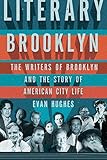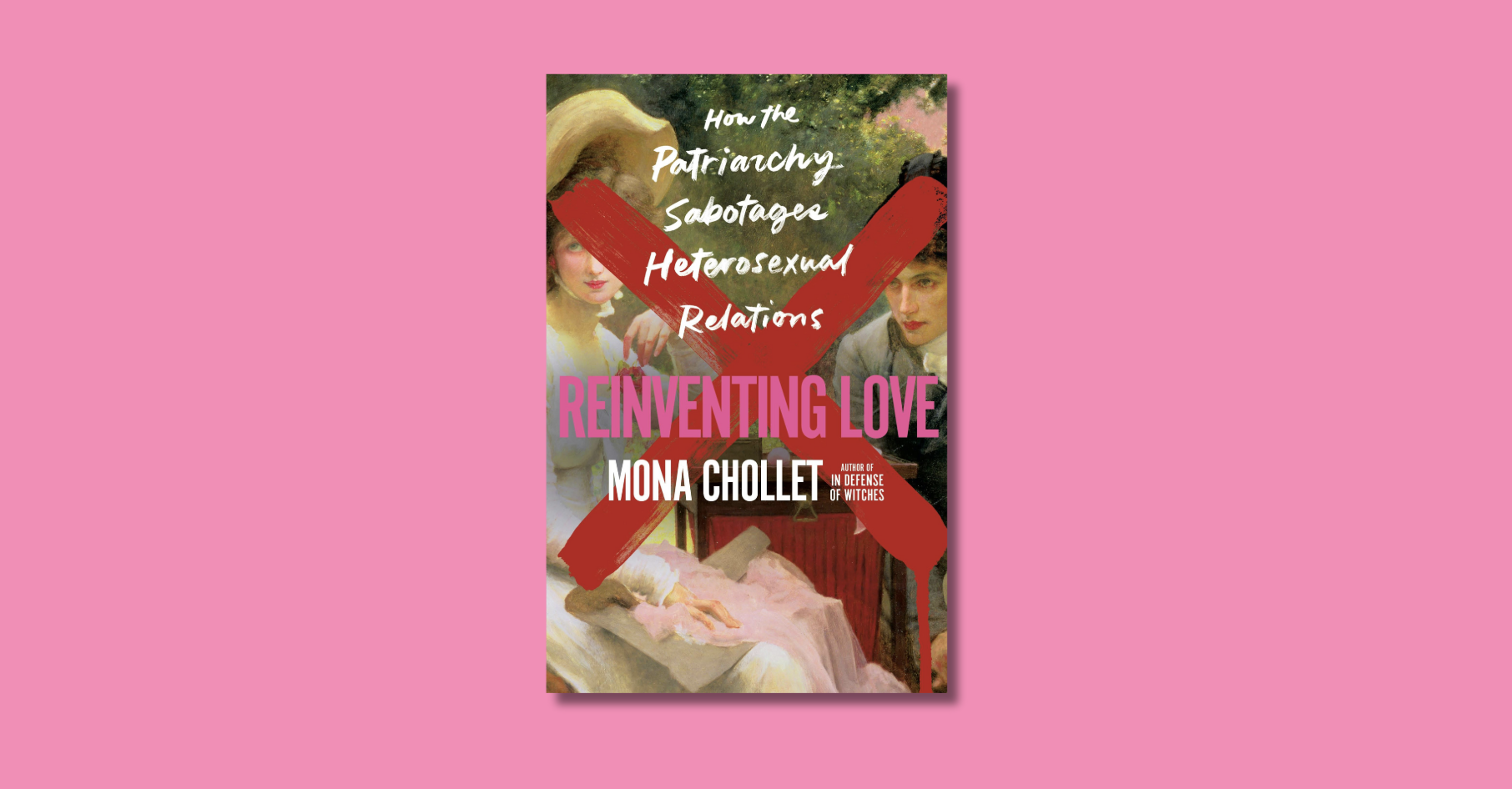“I live in Brooklyn. By choice.”
The mid-sentence pause for effect in this opening line from Truman Capote’s 1959 essay “A House on the Heights” suggests just how unlikely that choice might sound to readers of the time. A little more than a half century later, so many writers have chosen to live in Brooklyn that it can be hard to get a cup of coffee in the borough without tripping over two or three would-be Colson Whiteheads or Jhumpa Lahiris, earbuds in, tapping away on their latest magnum opus.
 Why Brooklyn? This is the question at the heart of Evan Hughes’ new book, Literary Brooklyn, which traces the history of New York City’s most populous borough through its writers, from Walt Whitman to Park Slope’s own dynamic duo, the married literary wunderkinds, Nicole Krauss and Jonathan Safran Foer. In truth, Hughes doesn’t have a good answer to the question he has posed for himself. “We shouldn’t mistake a massive place for an aesthetic camp,” he writes.
Why Brooklyn? This is the question at the heart of Evan Hughes’ new book, Literary Brooklyn, which traces the history of New York City’s most populous borough through its writers, from Walt Whitman to Park Slope’s own dynamic duo, the married literary wunderkinds, Nicole Krauss and Jonathan Safran Foer. In truth, Hughes doesn’t have a good answer to the question he has posed for himself. “We shouldn’t mistake a massive place for an aesthetic camp,” he writes.
One experience Brooklyn’s writers have shared, however, is living just outside the colossal, churning center of the metropolis – across the river from what is still often referred to as “the city.” Some have used all their might to make the escape from impoverished Brooklyn neighborhoods to the urbane quarters of Manhattan… but in their work they have often returned to the scene of their early Brooklyn struggles. Other writers have chosen Brooklyn as an escape from the commercial clamor of Manhattan, seeking a retreat where the rent is lower, the pulse runs slower, and the buildings don’t crowd out the sky.
Give Hughes points for honesty. This is as close as he comes to offering a unifying thesis or theme, and you don’t have to read that closely to see that he doesn’t really have one. A dozen or so of the writers in the book grew up in Brooklyn and wrote about it, directly or indirectly, the rest of their lives; others moved to Brooklyn at some point or else, in a number of cases, were simply passing through. In other words, what we have here is a grab bag of literary criticism and social analysis trying – albeit not very hard – to stand as a work of social history. Despite some deft writing and a G train full of literary gossip, the best that can be said for Hughes’ book is that it makes no grand promises that it can’t keep.
 This is unfortunate because anyone who lives and writes in Brooklyn today has to feel the winds of literary history at his or her back. On my one street in Brooklyn Heights, I live half a block from the 1829 row house where Arthur Miller was living when he met Marilyn Monroe and a block and a half from the Greek Revival mansion where Truman Capote read the New York Times squib describing the brutal murder of a Kansas farming family that got him started on In Cold Blood. Another block or so to the east is the corner of Cranberry and Fulton streets where, in 1855, Walt Whitman helped hand set into type the first edition of Leaves of Grass. There is something about Brooklyn and writers, but I’ll be damned if I know much more now about why that might be than I did before I read Literary Brooklyn.
This is unfortunate because anyone who lives and writes in Brooklyn today has to feel the winds of literary history at his or her back. On my one street in Brooklyn Heights, I live half a block from the 1829 row house where Arthur Miller was living when he met Marilyn Monroe and a block and a half from the Greek Revival mansion where Truman Capote read the New York Times squib describing the brutal murder of a Kansas farming family that got him started on In Cold Blood. Another block or so to the east is the corner of Cranberry and Fulton streets where, in 1855, Walt Whitman helped hand set into type the first edition of Leaves of Grass. There is something about Brooklyn and writers, but I’ll be damned if I know much more now about why that might be than I did before I read Literary Brooklyn.
Hughes is best when his subjects know Brooklyn well and work that knowledge into the fabric of their books. In a chapter on Brooklyn’s rough pre-gentrification years in the 1960s and ’70s, for instance, Hughes nicely contrasts how the middle-aged novelist Paula Fox responded to the racial and class tensions in the neighborhood of Boerum Hill with how the much younger Jonathan Lethem, who grew up down the street from Fox, reveled in the grittiness of the same atmosphere. The white married couple at the center of Fox’s best-known novel Desperate Characters view the streets around them, in Hughes’ words, as “a landscape where they feel unwelcome and embattled, where they grimly contend with garbage dumped out on the streets, dogs tormented nearby, rocks thrown through friends’ windows.” To Lethem, whose autobiographical novel The Fortress of Solitude and his earlier breakout novel Motherless Brooklyn are set largely in Boerum Hill, the neighborhood and its denizens are frightening, but also fascinating – less dangerous antagonists, Hughes suggests, than “neighbors and potential allies in a new social order.”
 Too often, though, Hughes builds chapters around writers like Thomas Wolfe, W.H. Auden, and Richard Wright, who spent most of their lives elsewhere and stopped off in Brooklyn only briefly to write about those other places. Hughes also gets sidetracked by oft-told tales like that of February House, a shared house in Brooklyn Heights that, at different times, hosted Auden, Wright, Jane and Paul Bowles, Carson McCullers, and the stripper Gypsy Rose Lee, who was writing a mystery called The G-String Murders. This menagerie is so odd it all but demands a book of its own – and of course, one has already been written by Sherill Tippins, whose February House Hughes admits plundering for his own version of the tale.
Too often, though, Hughes builds chapters around writers like Thomas Wolfe, W.H. Auden, and Richard Wright, who spent most of their lives elsewhere and stopped off in Brooklyn only briefly to write about those other places. Hughes also gets sidetracked by oft-told tales like that of February House, a shared house in Brooklyn Heights that, at different times, hosted Auden, Wright, Jane and Paul Bowles, Carson McCullers, and the stripper Gypsy Rose Lee, who was writing a mystery called The G-String Murders. This menagerie is so odd it all but demands a book of its own – and of course, one has already been written by Sherill Tippins, whose February House Hughes admits plundering for his own version of the tale.
In the case of February House, Hughes is open about his debt to an earlier author, but in several instances when I knew something about the topic, such as Walt Whitman or the neighborhood of Brooklyn Heights, I found myself troubled by the thinness of Hughes’ scholarship. As I wrote in an essay in July for The Millions, I go way back with Whitman, so I was disappointed to find that in his chapter devoted to the poet, Hughes has essentially stitched together, sophomore-term-paper style, two of the better-known recent biographies of Whitman, David Reynolds’ Walt Whitman’s America and Jerome Loving’s Walt Whitman: Song of Himself.
The stitching isn’t inartful, but it doesn’t add much to the conversation. Hughes gets off a good line about Whitman’s personally setting much of the type for the first edition of his poems – “the nineteenth century equivalent of self-publishing out of a Kinko’s” – but he has little new to say about Whitman or to add to the voluminous commentary on the poems. One senses that Whitman isn’t in the book because Hughes feels a deep connection to him as a poet, or because Hughes has something burning to say about him, but simply because Whitman happened to live in Brooklyn. Too much of this book is built around such accidents of geography.
So, then, what is it with writers and Brooklyn? Like Hughes, I’m not sure I know. Lower rent does have a lot to do with it, though as Hughes points out, New Yorkers looking for cheaper apartments in the five boroughs could just as well live in Queens or the Bronx. After reading Literary Brooklyn and living in the real literary Brooklyn for nearly eight years, my own sense is that the attraction of writers to Brooklyn is an accident of history that, over time, has become a full-blown phenomenon. From Whitman’s time onward, writers have flocked to Brooklyn because it was close to but cheaper than Manhattan, but now that gentrification has opened up whole neighborhoods to the creative classes, Brooklyn has blossomed into a genuine literary scene replete with its own literary gatherings (the Brooklyn Book Festival), top-quality literary magazines (One Story, Slice), indie publishing houses (Akashic, Melville House), and scads of literary stars (Lahiri, Whitehead, Jennifer Egan, etc.). Someday, some smart someone will write about how that happened, but as yet that book remains unwritten.








